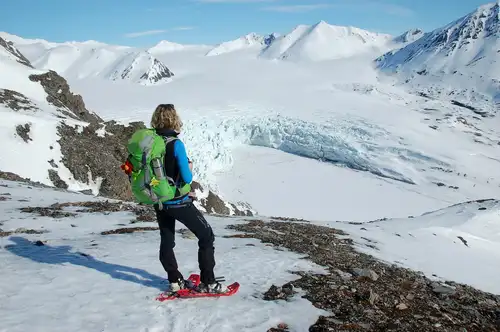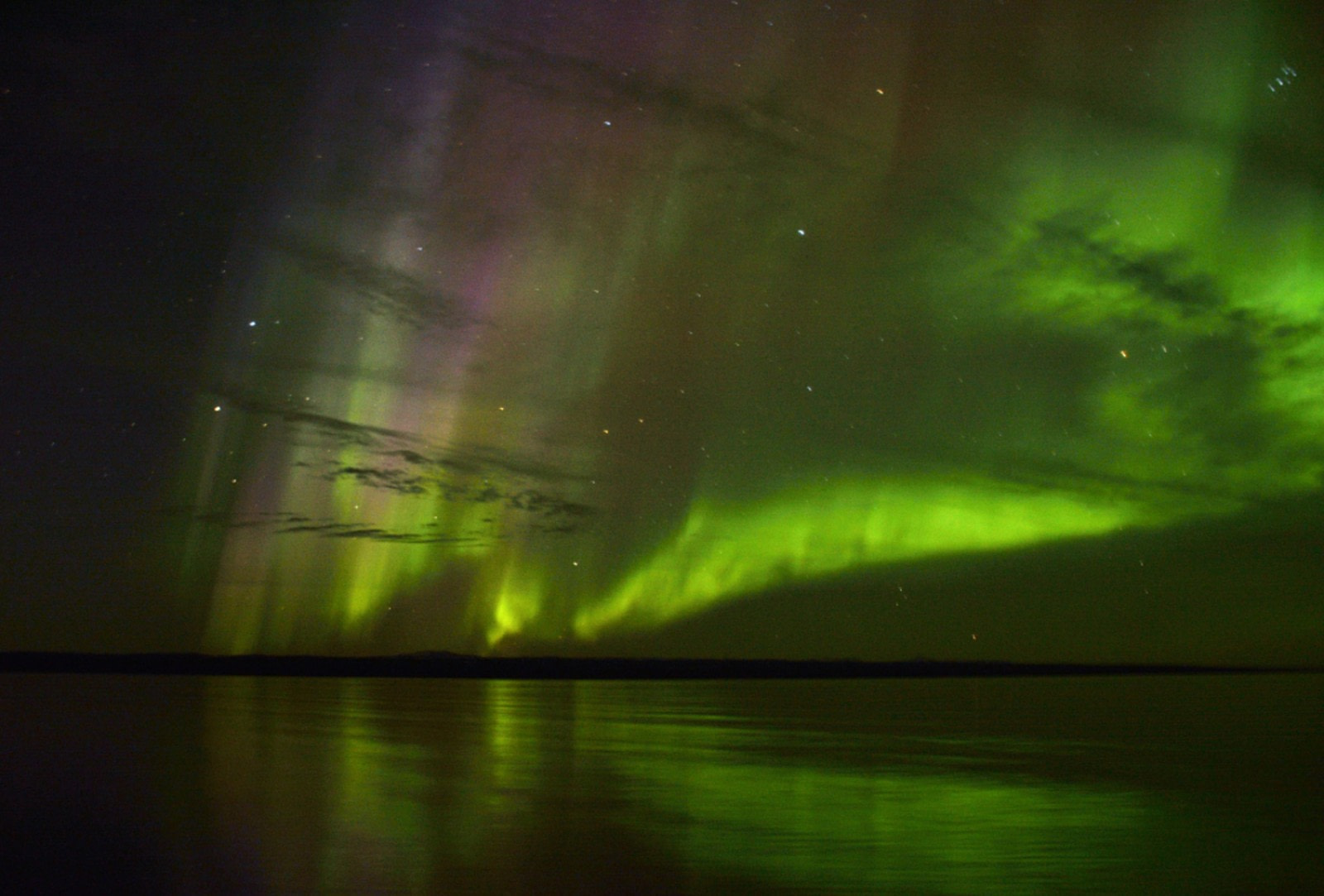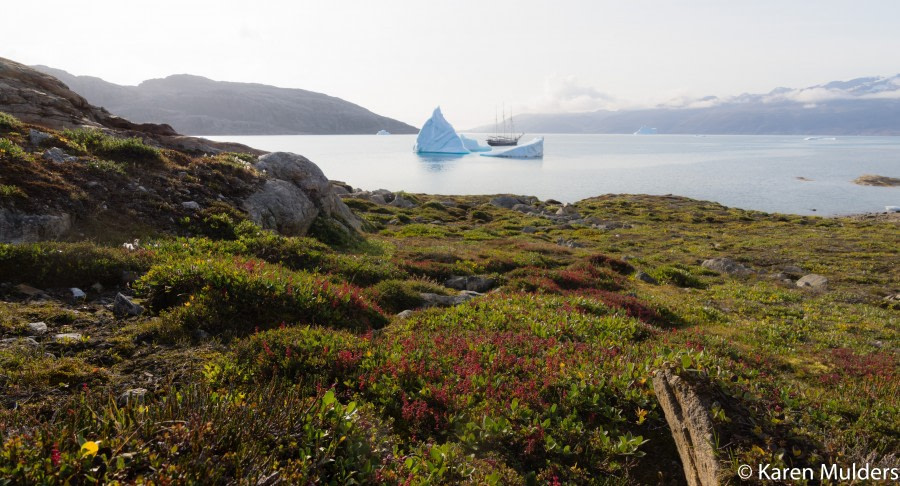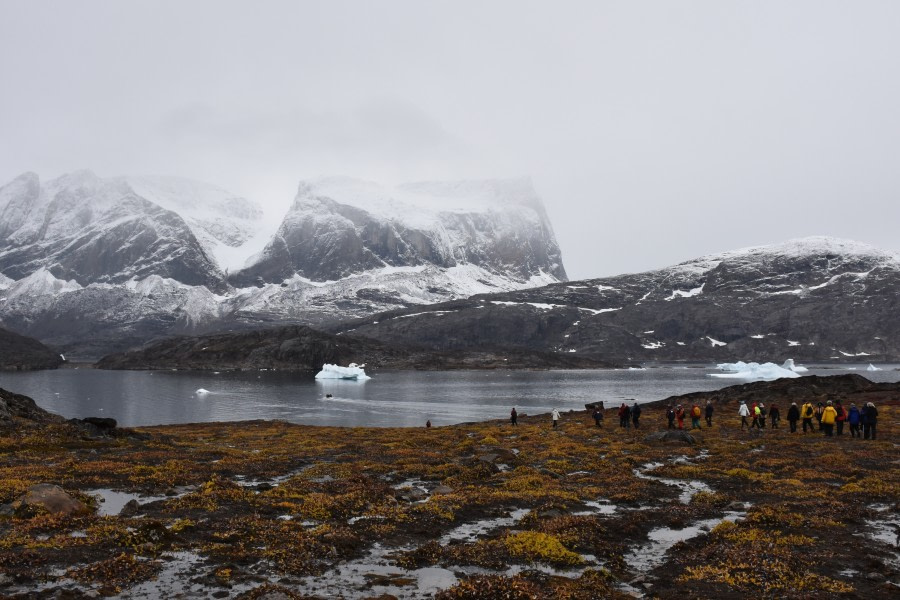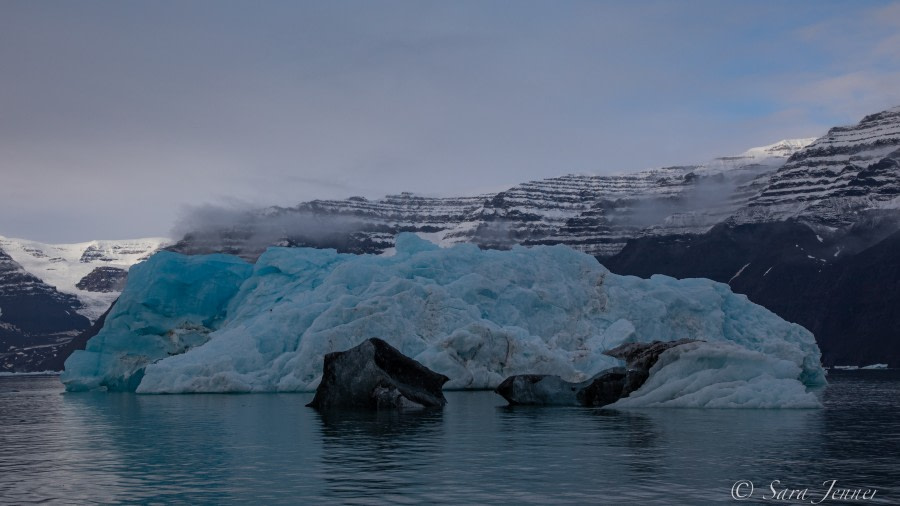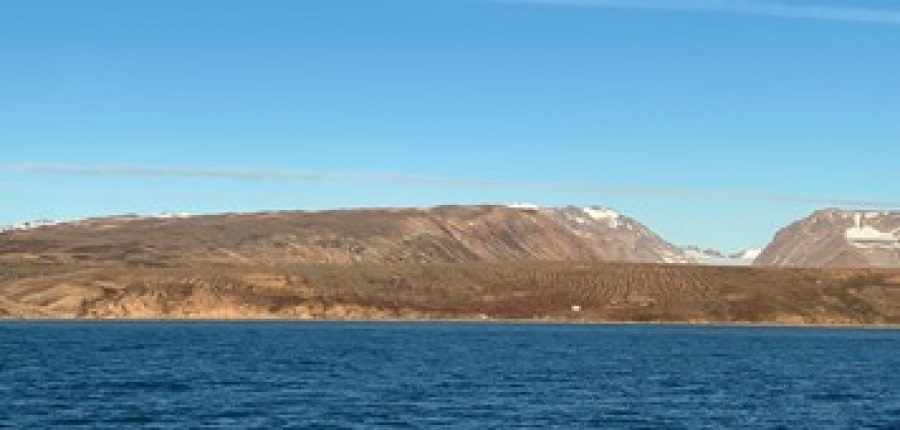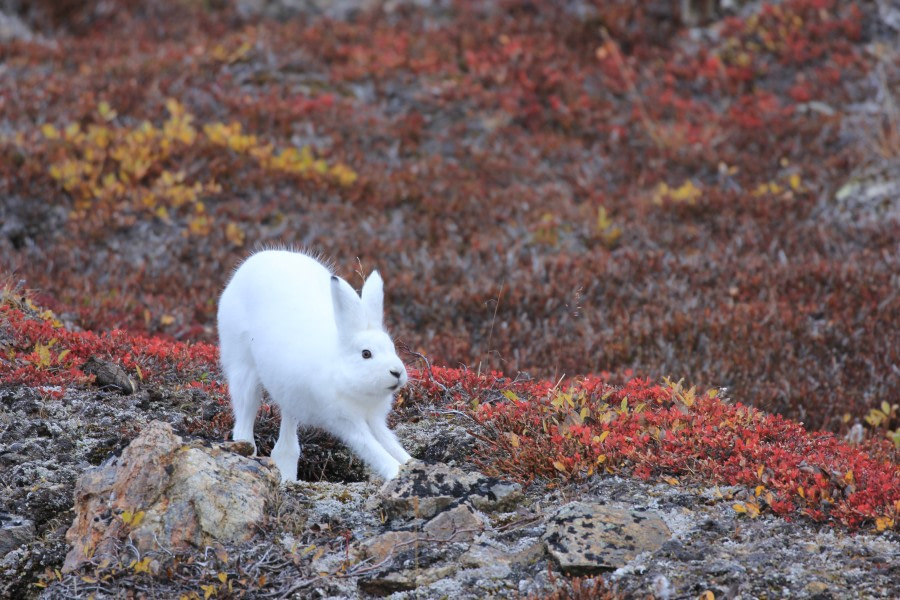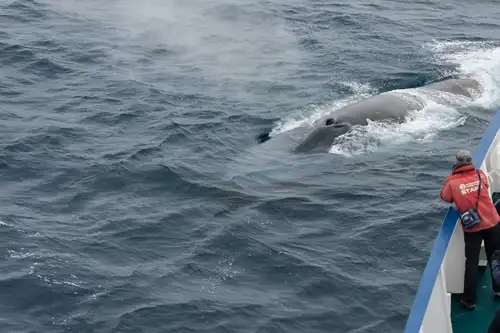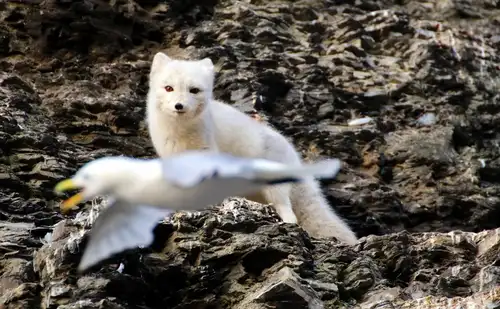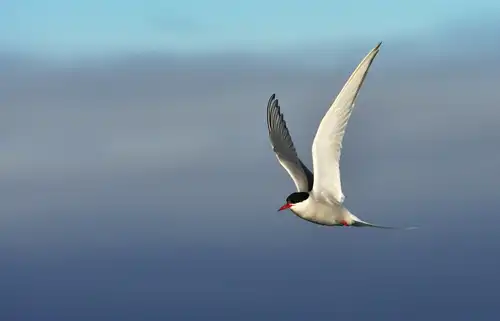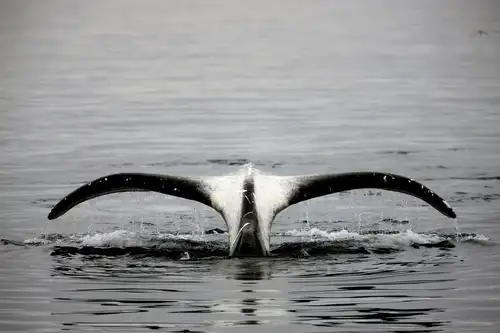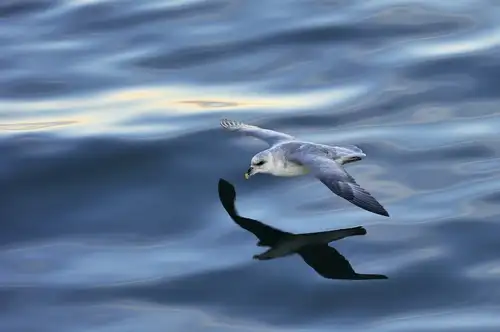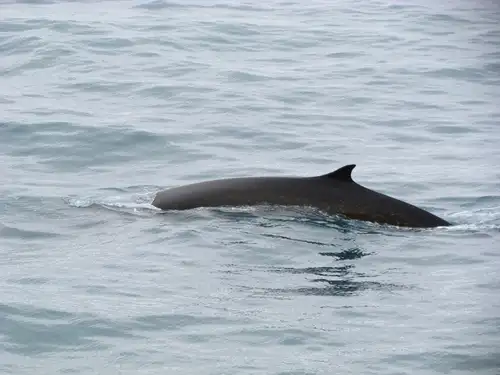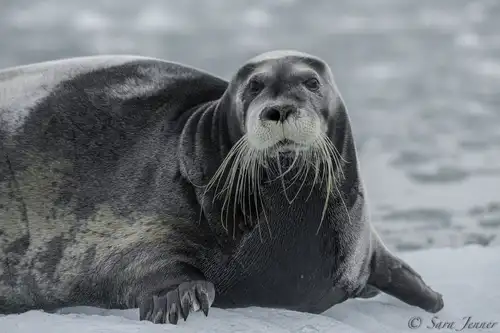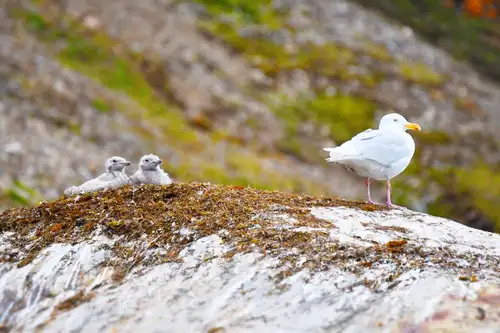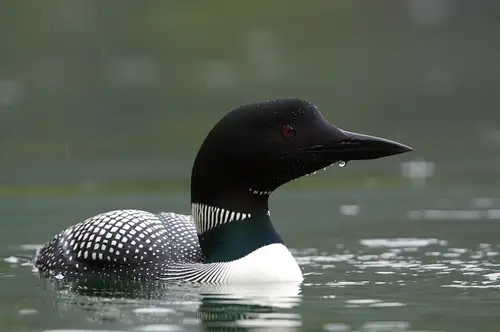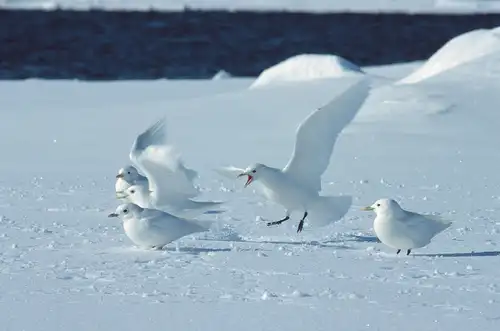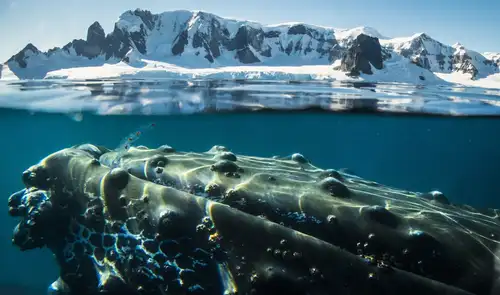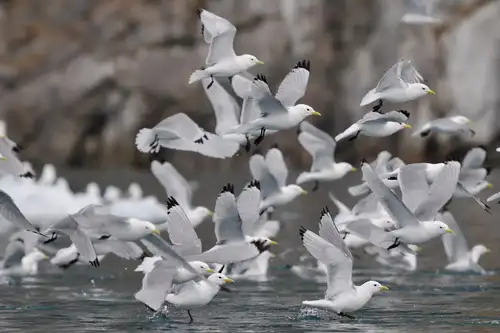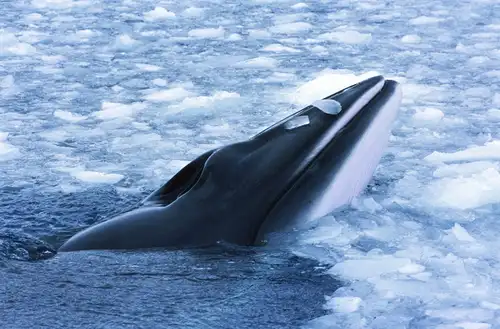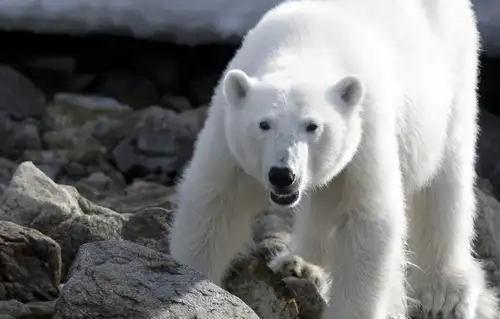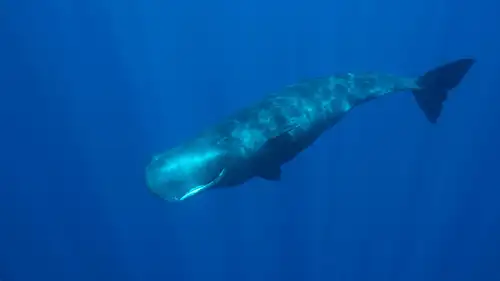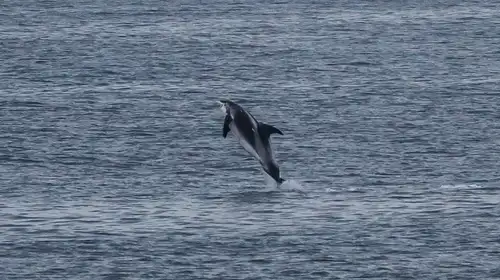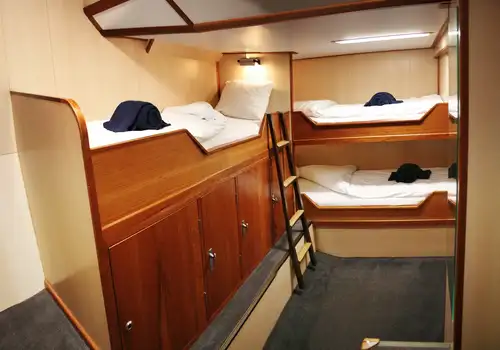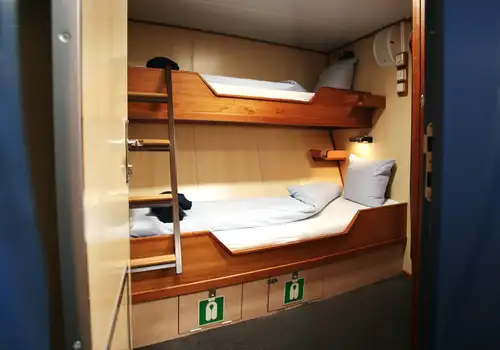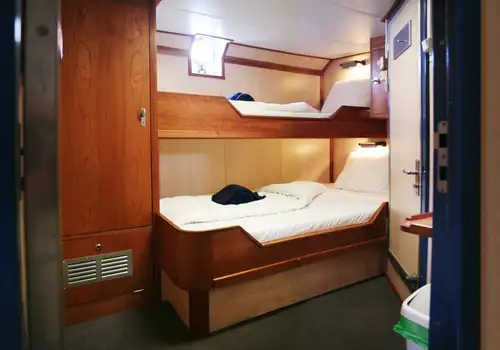
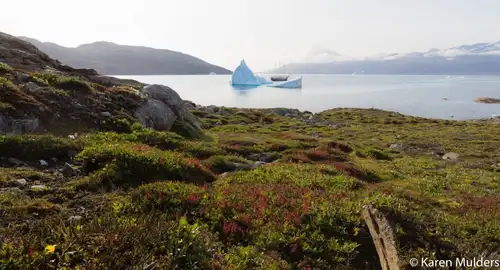

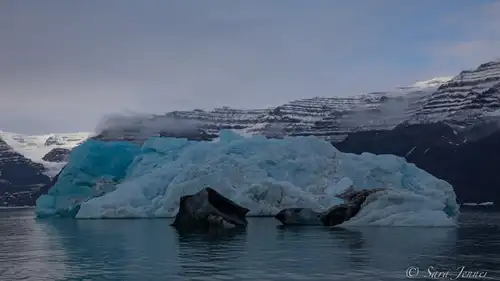




















 12 Days/11 Nights
12 Days/11 Nights




We will have at least one dedicated expedition guide in our team who will share their expert knowledge about bird species and who will be available to help you identify, photograph on deck and learn more about the birds that we see. In addition to outdoor sessions, our guide will focus on species and related information on the birds of the Arctic in re-caps and lectures onboard.
Arrival: Largest Town, Biggest Island
You arrive in Longyearbyen, the main town of Spitsbergen, the largest island in the Svalbard archipelago. Explore this former mining town, with its parish church and Svalbard Museum. In the evening, the ship sails out of Isfjorden, where you might spot a minke whale. You then head to Trygghamna, where you can visit the remains of old whaling and hunting stations the next morning.
Exploring North Spitsbergen
Foxes, Seabirds, and Reindeer
From Trygghamna, walk to Alkhornet, a large seabird cliff. Below, you might see Arctic foxes and grazing reindeer.
Whalers' Remains
Sail into Bird Fjord, with views of Svitjodbreen and Birgerbukta. Visit Ytre Norskøya, a former Dutch whaling lookout. Follow the whalers’ tracks to the summit, passing bird cliffs and old blubber ovens.
Glaciers and Raudfjord
Raudfjorden offers views of glaciers and is home to seals, seabirds, and sometimes polar bears and beluga whales. Alicehamna and Buchananhalvøya are great for geology enthusiasts.
Wide Open Tundra
If ice allows, land on the northern side of Graahuken and walk to Hyttesletten. This tundra area is popular with reindeer and waders. Lakes here are good for spotting red-throated divers and king eiders.
Monaco Glacier
Weather permitting, sail into Liefdefjorden, land at Texas Bar, and cruise near the Monaco Glacier. The waters here attract thousands of kittiwakes and polar bears. If ice blocks the way, sail along the west coast of Spitsbergen.
Little Auks
Sail south to Magdalenafjorden, a glacier-filled highlight. Visit Gravneset to see remains of 17th-century whaling and large colonies of little auks.
Earth’s Northernmost Community
Head to Kongsfjorden and Krossfjorden. Visit Ny London and Ny Ålesund, the northernmost community in the world. See research stations and the famous anchor mast of the dirigible Norge. Krossfjorden offers views of glaciers and mountain peaks.
Walruses Ashore
On your way south, aim to land in Forlandsundet at Sarstangen, a walrus haul out. Alternatively, land on the coast of Engelskbukta or Poolepynten.
Wide Tundra, Towering Mountains
Stop at Bohemanflya, an expansive tundra with unique birdlife and geological formations. In Gipsvika, go ashore near Templet, a mountainous area with ancient sedimentary rock.
Return: There and Back Again
Your adventure ends as you disembark in Longyearbyen, taking home unforgettable memories.














s/v Remvrandt van Rijin
Our three-mast schooner, Rembrandt van Rijn, is ideally suited for expedition cruising among the fjords of Greenland and Spitsbergen.

Specifications
| Passengers: | 33 in 16 cabins |
| Staff & crew: | Crew 10 | Guides 2 |
| Length: | 49,50 meters |
| Breadth: | 6,65 meters (22,9 ft) |
| Draft: | 2,8 meters (8 ft) |
| Ice class: | Suitable to sail in the Svalbard and Greenlandic waters. |
| Displacement: | 435 tonnes |
| Propulsion: | 2 cummins engines together 550 KW |
| Speed: | 6,5 knots average cruising speed |
Cabins Gallery


Ship Interior Gallery


Ship Exterior Gallery


S/V Rembrandt Van Rijn was originally built as a herring lugger in 1947. The vessel was then rebuilt as a three-mast passenger sailing schooner in he Netherlands in 1994, sailing in Spitsbergen (1994 – 1996) and the Galápagos (1998 - 2001). The vessel later underwent a complete rebuilding and refurbishment program until 2011. The communication and navigation equipment has been completely renewed according to the latest SOLAS regulations.
Perfect for expedition cruising among small islands
The ship is well suited for expedition cruising among small islands and offer good open deck viewing areas, also when under sail. The two inflatable rubber crafts (Zodiacs) enable landing and wildlife viewing opportunities in otherwise inaccessible areas.
Comfort and Character
Rembrandt van Rijn measures 49,50 meters in length, 7 meters in width, and has a draft of 2,8 meters. The average cruising speed on engines is 6,5 knots. It has an experienced crew of 12 persons on board including 2 tour guides. The ship can accommodate a maximum of 33 passengers in 16 cabins. It has one Triple Private cabin (with shower and toilet and porthole), six Twin Private Inside cabins (with shower and toilet, no porthole), and nine Twin Private cabins (with shower and toilet and porthole).
Age range & Nationality onboard
Passengers on a typical voyage range from their 30s to their 80s - with a majority usually from 45 - 65, but a little younger on the Rembrandt van Rijn, between 30 - 55. Our expeditions attract independent-minded travellers from around the world. They are characterised by a strong interest in exploring remote regions. The camaraderie and spirit that develops aboard is an important part of the expedition experience. Many departures have several nationalities on board.
Catering
Three simple but good meals of international cuisine per day are served buffet style in the restaurant and is prepared by our cook.
Dress code
In keeping with our expeditions atmosphere, dress on board is informal. Bring casual and comfortable clothing for all activities. Keep in mind that much of the spectacular scenery can be appreciated from the deck, which can be slippery. Bring sturdy shoes with no-slip soles and make sure the parka is never far away in case of the call "Whales!" comes over the loudspeaker and you have to dash outside. Wear layers since it is comfortably warm aboard the ship - and often cold on deck.
Electric Current
The electrical supply aboard the ship is 220 volt 50hz. Electrical outlets are standard European with two thick round pins. U.S. passengers may need a 220v/110v converter.
Excursions & Landings
Every day there will be excursions on land, weather and ice permitting. The landings will take three to six hours per day over untracked areas. According to circumstances (the weather, the ice situation or the passengers´ wishes) the program can sometimes be adjusted. Ample time will be devoted to wildlife, vegetation, geography, and history.
Gratuities
The customary gratuity to the ship's crew and expedition leader is made as a blanket contribution at the end of the voyage. Tipping is a very personal matter and the amount you wish to give is at your discretion. We suggest to give cash in Euros, US Dollars or Danish kroner.
Non-smoking policy
On board our vessels we have a non-smoking policy. It is prohibited to smoke inside the ship. You can smoke in designated ares. Please respect the wishes of non-smokers.
The crew
The crew of the ´Rembrandt van Rijn´ consists of 9 experienced crew and 2 expedition guides and a cook. The sailors are in charge during sailing and will bring us ashore.
Your physical condition
You must be in good general health and you should be able to walk several hours per day. The expedition is ship-based and physically not very demanding. Although we spend as much time as possible ashore, you are welcome to remain aboard the ship if you like. To join most excursions, you must be able to get up and down the ladder from the ship to the water level to board the Zodiacs. Staff will assist you in and out of the boats. This will become progressively easier with practice. Ashore it can be slippery and rocky. You are travelling in remote areas without access to sophisticated medical facilities, so you must not join this expedition if you have a life-threatening condition, or need daily medical treatment.
- You need to be in good general health and able to walk several hours per day. Though our expeditions are ship-based, they can be physically demanding. You can choose to stay on the vessel if you prefer, but you will still need to be able to move safely around the ship even in bad weather. Assuming you choose to join landings, you will need to be able to get in and out of the Zodiacs. You must also be capable of getting up and down the gangway. This will become easier with practice, but the gangway is steep and moves with the rocking of the vessel. Conditions on shore can also be rocky, uneven, and slippery, and we will be in remote areas without access to sophisticated medical facilities. You must not join an expedition if you have a life-threatening condition or need daily medical treatment. Any major health problem or physical condition that requires emergency care must be brought to our attention prior to the voyage. Please fill out our Personal Information Form, which we will send at the time of booking. This form must be completed and returned within one month of your book date. Since we travel in such remote areas, medical evacuation by air is often impossible. We therefore reserve the right to refuse travel or participation in activities to anyone whose health concerns might pose a safety risk to our staff or other passengers.
- This is one of our most common questions, and the answer depends very much on the individual and whether or not you're going to the Arctic or Antarctica. If you are going to Antarctica, you will have to cross the Drake Passage, which can be stormy and turbulent. In this case, we advise bringing motion sickness medication or purchasing it on our vessels, if supplies last. In the Arctic, however, our voyages stay closer to shore, so you may not need seasickness medication as much, if at all. Nevertheless, we encourage you to bring it if you are prone to motion sickness, regardless of whether you're going to the Arctic or Antarctica. Most people recover from motion sickness within a day or two, and we always have a doctor on board our larger vessels (Plancius, Ortelius, and Hondius) should you need additional help with seasickness.
- No, you are not able to change currency on board.
- When you make a confirmed reservation, we require a 40% deposit. But if the reservation is made within two months prior to departure, the full price of the voyage is due at the time of booking.
- Our sailing vessels are operated by experienced captains and crew. Passengers are invited to help with the sailing process under crew supervision.
- There are in total 16 cabins at the Rembrandt van Rijn: 1 triple Private cabin with porthole (with shower and toilet). 6 twin private inside cabins (with shower and toilet, no porthole). 9 twin cabins (with shower and toilet and porthole) .
You May Also Like


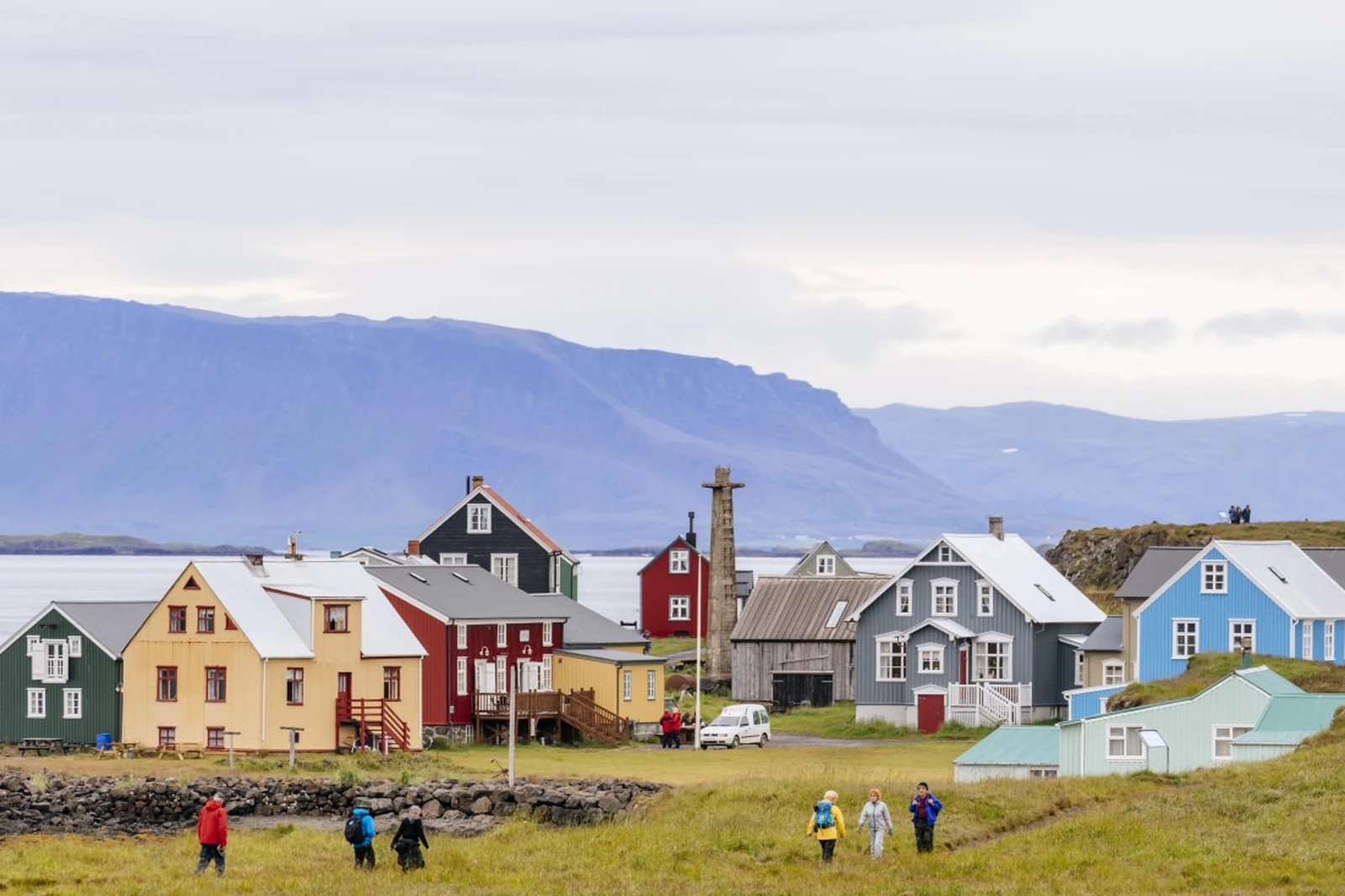
Northwest Iceland Explorer - Into the Greenland sea ice
 8 Days / 7 Nights
8 Days / 7 Nights
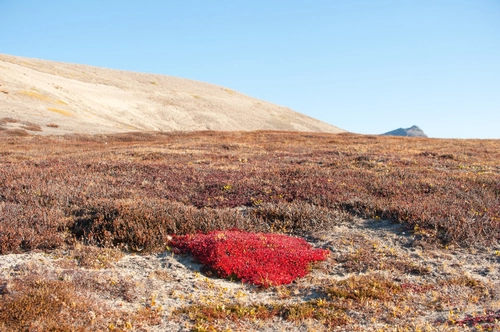
Northeast Greenland Solar Eclipse Explorer Voyage
 14 Days / 13 Nights
14 Days / 13 Nights
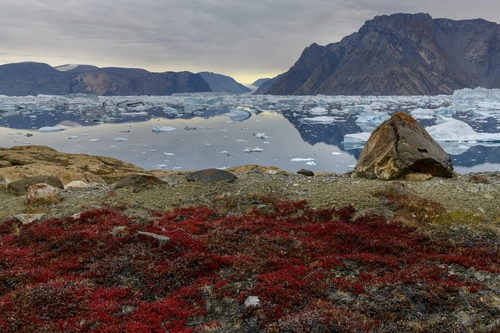
Spitsbergen - Northeast Greenland, Fly & Sail
 20 Days / 19 Nights
20 Days / 19 Nights
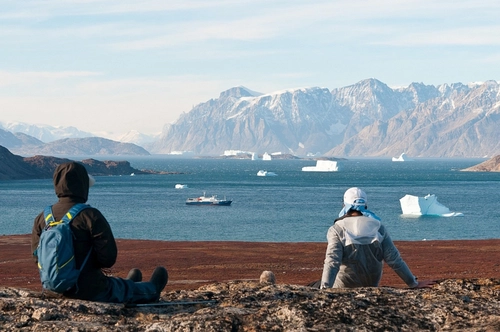
Northeast Greenland Extreme
 14 Days / 13 Nights
14 Days / 13 Nights

East Greenland, Scoresby Sund, Including Long Hikes
 10 Days / 9 Nights
10 Days / 9 Nights

East Greenland, Scoresby Sund - Aurora Borealis, Fly & Sail
 11 Days / 10 Nights
11 Days / 10 Nights
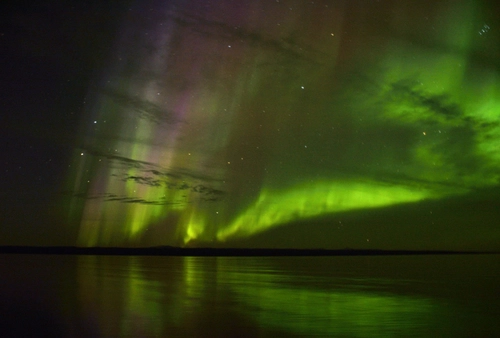
East Greenland, Scoresby Sund - Iceland , Aurora Borealis, Fly & Sail
 12 Days / 11 Nights
12 Days / 11 Nights

Northeast Iceland Explorer , Aurora Borealis, Hike & Sail - Incl. Bus back up
 7 Days / 6 Nights
7 Days / 6 Nights

Northwest Iceland Explorer - Into the Greenland Sea Ice - Summer Solstice
 8 Days / 7 Nights
8 Days / 7 Nights

Arctic Ocean - Spitsbergen: Jan Mayen, Ice Edge & Birding - Summer Solstice
 9 Days / 8 Nights
9 Days / 8 Nights

East Greenland, Scoresby Sund - Iceland, Aurora Borealis, Fly & Sail
 12 Days / 11 Nights
12 Days / 11 Nights

Northeast Iceland Explorer, Aurora Borealis, Hike & Sail - Incl. Bus back up
 7 Days / 6 Nights
7 Days / 6 Nights
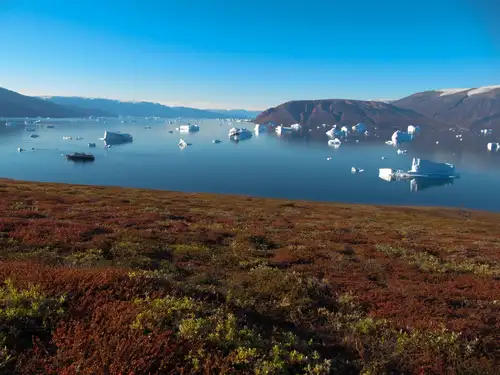
Northeast Greenland National Park

Traditional Lifestyles of the Inuit

Tracking Greenland’s Wildlife from Space
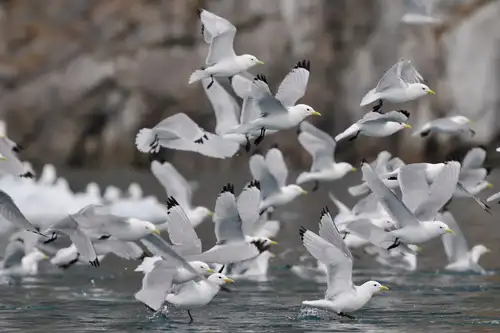
Five Birds You Might See on Your Greenland Cruise
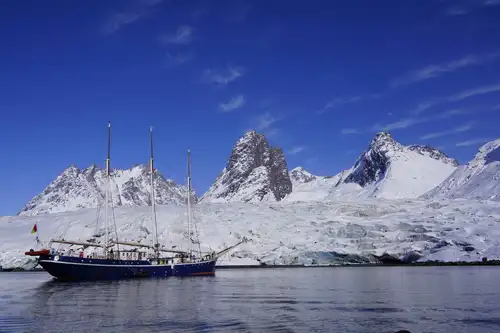
5 Misconceptions You Might Have About Greenland

Peaks, Fjords, and Auroras: 14 East Greenland Attractions

8 Scientific Wonders of the Arctic
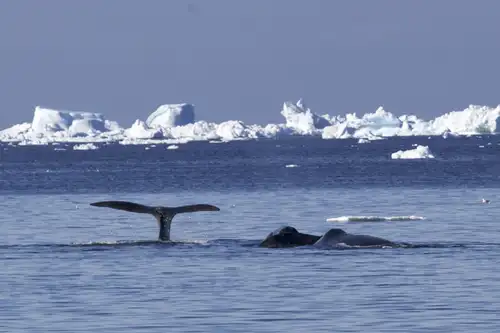
The bowhead whale, whaling about the Arctic
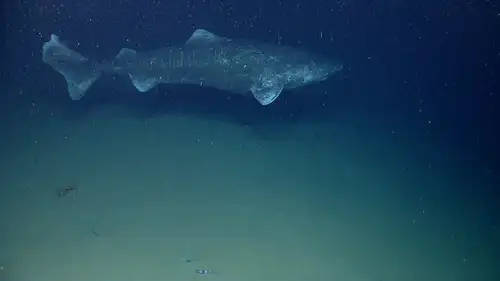
9 Facts about the Greenland Shark

Under the Greenland Ice Sheet
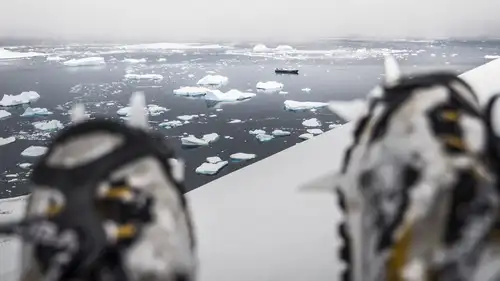
Arctic and Antarctic Basecamp Cruises – Choose Your Own Adventure
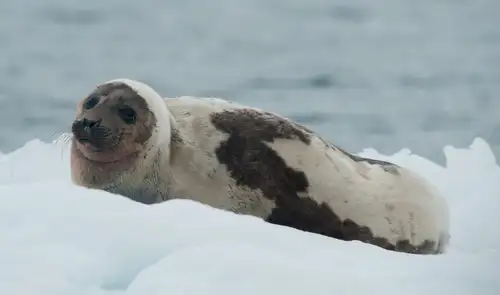
Harp seals harping on in Greenland

Not Eskimos: 10 Enlightening Facts About the Inuit

The Mysteries of the Beluga Whale
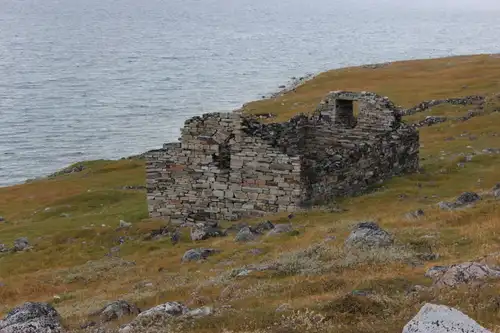
Greenland's History: When Vikings Ruled the Ice Age
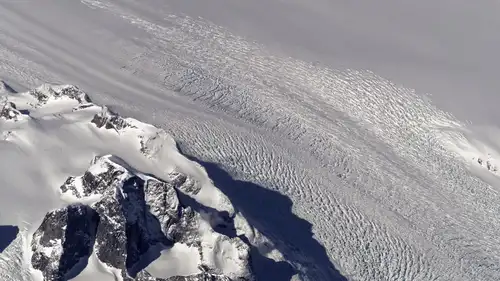
Ice streams and lakes under the Greenland Ice Sheet
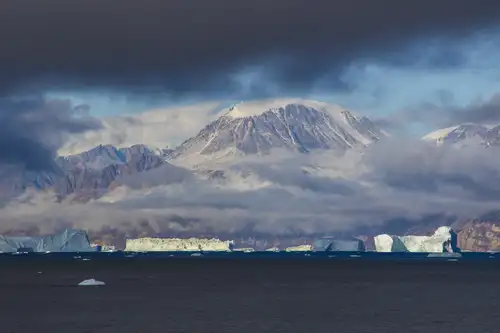
Greenland: East vs. West

Narwhals: the Aquatic Unicorns of the Arctic
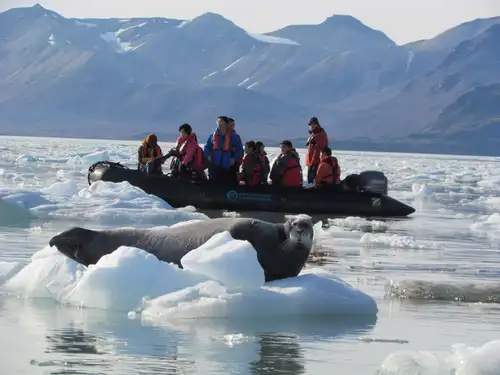
Six Seal Species You Might See On Your Greenland Cruise
